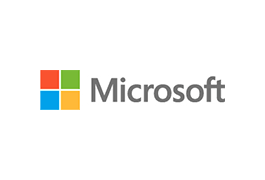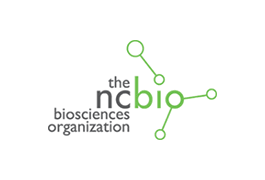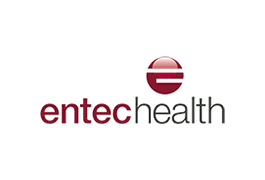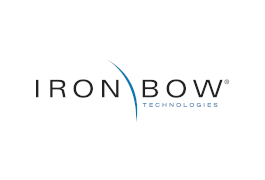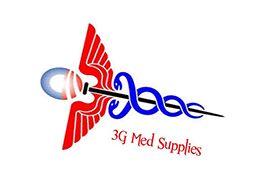12 April, 2014
ARANZ Medical will be presenting the Silhouette advanced wound assessment and information system at SAWC Spring 2015 (booth #853.), at Henry B. Gonzalez Convention Center – San Antonio, Texas, April 30 – May 2, 2015.
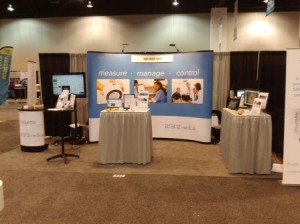
Read this poster submitted by one Silhouette early adopter, University of Maryland Medical Center, Baltimore, Maryland. Presented at SAWC Spring 2014.
The Silhouette system offers a way to systematically and easily collect accurate wound data. Silhouette is a 3D measurement, imaging and documentation system that provides precise measurement and healing trends along with comprehensive wound surveillance support.
From wound assessment to wound surveillance
Wound surveillance is the ongoing and systematic collection, analysis and dissemination of accurate data about wound behavior to improve healing outcomes. However, without accurate tools, effective wound surveillance is difficult.
The Silhouette wound surveillance system is made up of three main parts – a point of care imaging device, smart software and a wound information database:
- The SilhouetteStar™ specialized camera (pictured right) captures the wound image;
- SilhouetteConnect™ software creates a 3D model of the wound based on the data acquired by SilhouetteStar (see below), derives measurements from the model, and records standardized notes;
- SilhouetteCentral™, a secure Internet-accessible database that stores and consolidates the information obtained from the organization’s SilhouetteStar + SilhouetteConnect devices, sharing data with the EMR.
Accurate measurement and precise healing trends
Silhouette enables clinicians to capture accurate and precise measurements and derive reliable healing trends. A recent study found that any single Silhouette-derived measurement is likely to be within approximately 2% for area, 1% for perimeter, 5% for average depth and 5% for volume (95% confidence interval). Inter- and intra-rater variability is extremely low – <1% for area and perimeter, and <2% for average depth and volume. This indicates that repeated measurements over time – even by different assessors – will detect small differences as a wound changes in size and dimensions. The healing trends presented are statistically meaningful and clinically useful.
This accuracy level, made possible by 3D laser technology, means Silhouette can help practitioners to detect small changes in wound size immediately, leading to earlier intervention, higher quality evidence, and better-informed decision-making.
Next steps

